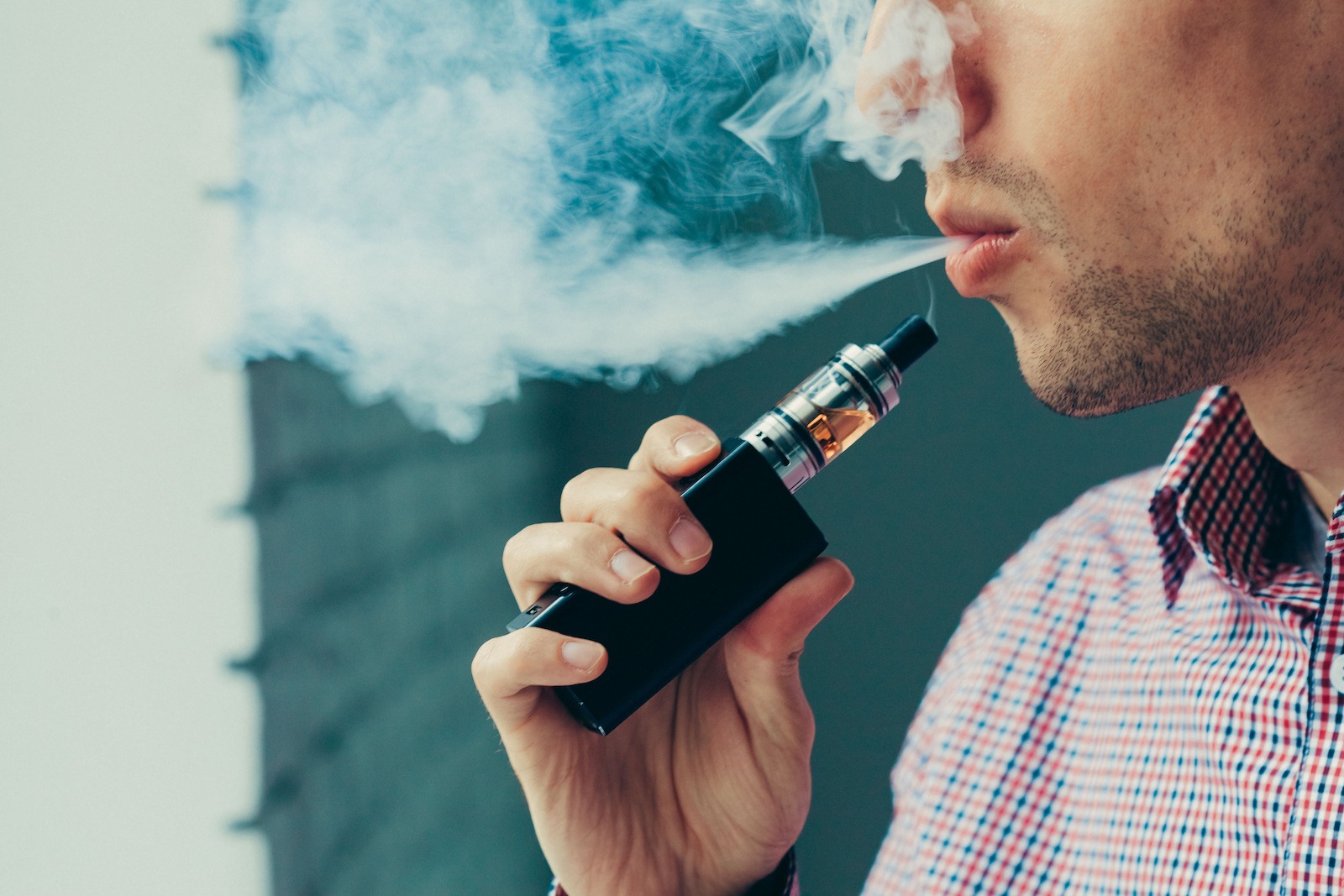
Vape Decoded: Understanding the Science Behind Flavor
In the world of vaping, flavor reigns supreme. From fruity concoctions to decadent desserts, the diverse array of flavors available to vapers is nothing short of extraordinary. But have you ever wondered about the science behind those tantalizing tastes? How is it possible to replicate the essence of your favorite fruits or desserts in vapor form? Let’s delve into the fascinating world of flavor science and uncover the secrets behind the flavors that make vaping such a sensory delight.
The Role of E-Liquid Ingredients
At the heart of every How Do Vapes Work flavor is the e-liquid—an intricate blend of ingredients carefully formulated to deliver a satisfying and flavorful experience. The primary components of e-liquid include propylene glycol (PG), vegetable glycerin (VG), flavorings, and nicotine (optional). PG and VG serve as the base liquids, providing the foundation for the flavorings and nicotine to be suspended in. Flavorings, which are typically food-grade additives, are responsible for imparting the distinct tastes and aromas associated with each e-liquid.
Flavor Creation and Development
Creating a new vape flavor is a complex and multi-faceted process that involves a combination of art and science. Flavorists, or mixologists, meticulously blend different flavor compounds to achieve the desired taste profile, taking into account factors such as sweetness, acidity, and mouthfeel. These flavor compounds are often derived from natural sources, such as fruits, spices, and botanical extracts, or synthesized in a laboratory to mimic natural flavors.
The Role of Chemistry
At its core, flavor is a result of chemical interactions between aromatic compounds and the taste receptors on our tongues and olfactory receptors in our noses. When we inhale vaporized e-liquid, these flavor compounds interact with our taste buds and olfactory receptors, triggering a cascade of sensory responses that allow us to perceive flavor. The precise composition of each flavoring and its interaction with our sensory receptors determines the perceived taste and aroma of the vapor.
The Importance of Temperature and Airflow
In addition to the composition of the e-liquid itself, factors such as temperature and airflow play a crucial role in flavor perception. Different flavor compounds vaporize at different temperatures, so adjusting the wattage or temperature of your vape device can significantly impact the flavor profile of your e-liquid. Similarly, controlling the airflow through your device can affect how the vapor is delivered to your taste buds, influencing the intensity and richness of the flavor experience.
Conclusion
The science behind vape flavor is a fascinating blend of chemistry, artistry, and sensory perception. By understanding the intricate interplay of ingredients, chemical compounds, and sensory receptors, we can gain a deeper appreciation for the flavors that make vaping such a flavorful and enjoyable experience. So the next time you take a puff of your favorite vape flavor, take a moment to savor the complexity and nuance of the taste sensations dancing across your palate—a symphony of flavor orchestrated by the science of vaping.
Leave a Reply